This kaiseki restaurant, which was opened in 1998 by Koji Yamazaki, is in a residential district a mile or so due south of Toyama castle. We ate in a private dining room though there is also an area with a counter and horigotatsu sunken seating, accommodating 26 guests in total. The chef trained in Osaka in a highly thought of restaurant and returned back to his home town of Toyama to open Yamazaki in 1998.
The meal began with an appetiser of simmered and boiled white shrimp, sea urchin and broccoli, with a little dish of soy sauce on the side. The shrimp had somewhat challenging texture, though the broccoli and sea urchin were fine (13/20). Abalone was better, the abalone itself tender (not an easy thing to achieve) and served with bamboo shoots, a green leaf and a clear broth. The textures of the bamboo shoot was very good, the broth pleasant (15/20).
The sashimi course involved sea bream, scallop and Spanish mackerel, as well as penny shrimp and trout sushi. The sea bream avoided the over-chewiness that it can often have, the mackerel was fine and the trout sushi good. The shrimp was my least favourite but the scallop was pleasant, though I have certainly had higher quality raw scallop than this (15/20).
This was followed by a hot egg custard (chawanmushi) with clams. This is a classic dish made with eggs, dashi, salt, and soy with a variety of fillings, in this case small pieces of clam. This was very good, warming and enjoyable, the clams avoiding the chewiness that can easily occur (16/20).
Next was the local speciality of firefly squid, in this case lightly cooked at the table on a portable burner and served with Welsh onion (spring onion), squid liver sauce and ginger. The squid was tender and the sauce not overpowering, the ginger and the onion cutting through the richness of the liver flavour (16/20).
This was followed by beef from Hilda in Gifu prefecture, cooked with a little miso and served with bamboo shoots and broad beans. The beef was not overly marbled, cooked medium rare and the vegetables were good, though I have certainly eaten higher quality beef elsewhere in Japan (15/20). After this was a dish of asparagus with milk skin and tofu, which had good greenery but otherwise was hard to get excited about (13/20).
As is the traditional way, the savoury courses concluded with a bowl of rice and pickles, along with some nice miso soup. Dessert was wormwood and black honey panna cotta. Wormwood is famously bitter, but here this was balanced by the considerable sweetness of the honey. The texture was suitably wobbly, and although I would never have chosen a dessert like this it was certainly well made (14/20).
The bill came to €45,705 for two with copious beer, which works out at £168 a head. Service was from a waitress in traditional dress, who spoke just a few words of English but was nonetheless very helpful and charming. Via the magic of mutual mobile phones and Google Translate we were able to get along just fine.
Kaiseki meals are to an extent pot luck, since the exact ingredients and techniques you will face are decided by the chef based on what is most seasonal and in the best condition on that day, and the style he is trying for. Some dishes are inevitably more to a particular diner's taste than others, and as a customer you get no say in what turns up. Some meals, like this one, can be more challenging than others. If it happens that you are presented with ingredients that you personally enjoy then you will be happy, and if you end up with things not to your taste then the evening will feel less enjoyable. What I can say here is that the technique seemed good throughout, but ingredients that I knew well like the scallops and beef were reasonable but not outstanding compared to others I have tried. Hence there are limits to the score I am comfortable with, irrespective of my personal view on things like wordwood and milk skin as desirable menu components. Certainly the overall service experience was lovely, as was the presentation of dishes. However this seemed to me quite a long way off the standard of the better kaiseki restaurants in Kyoto and Tokyo.
















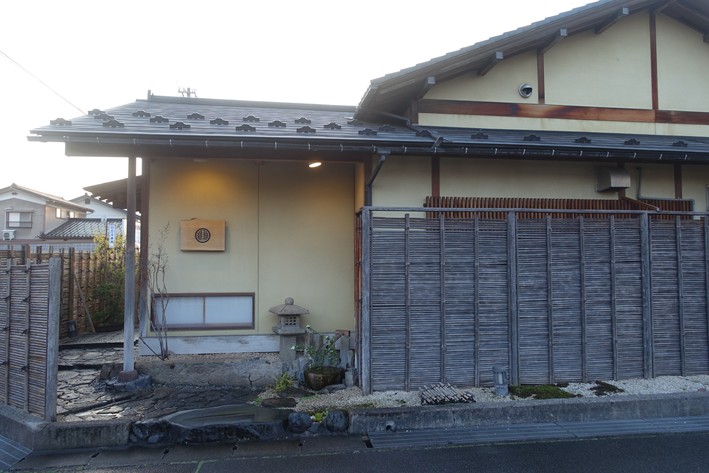

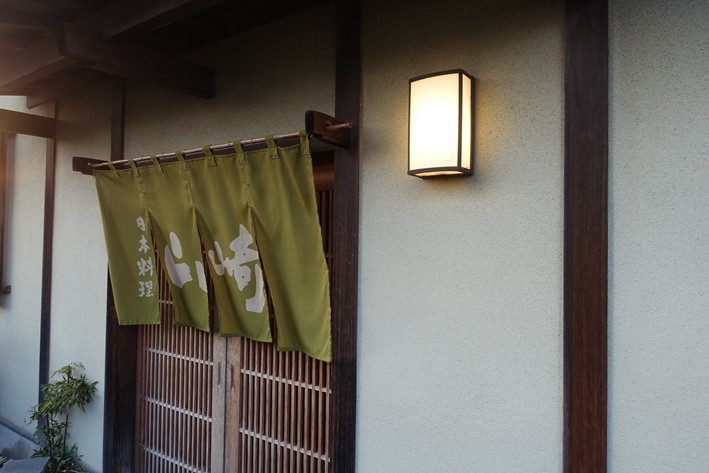
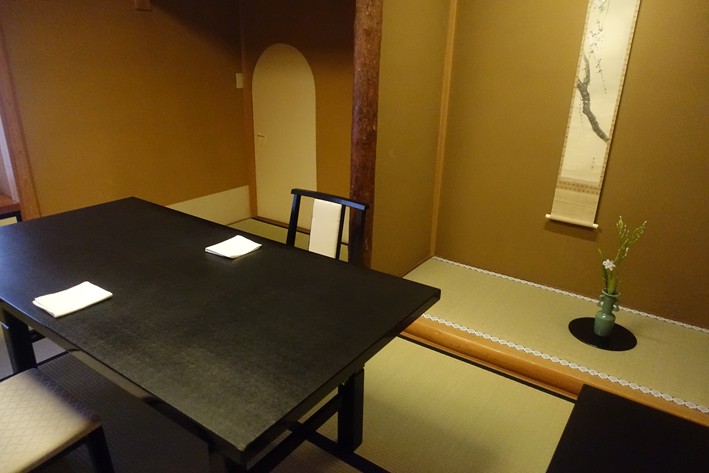
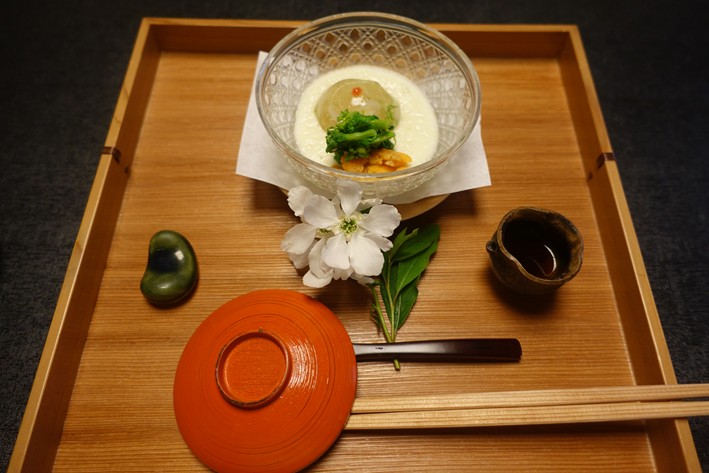
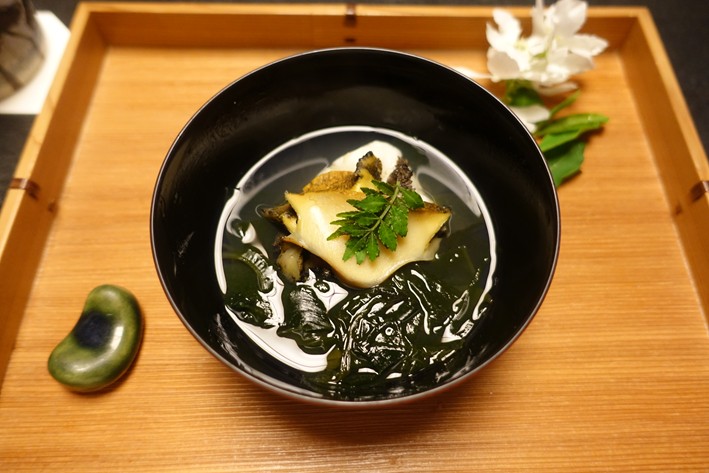


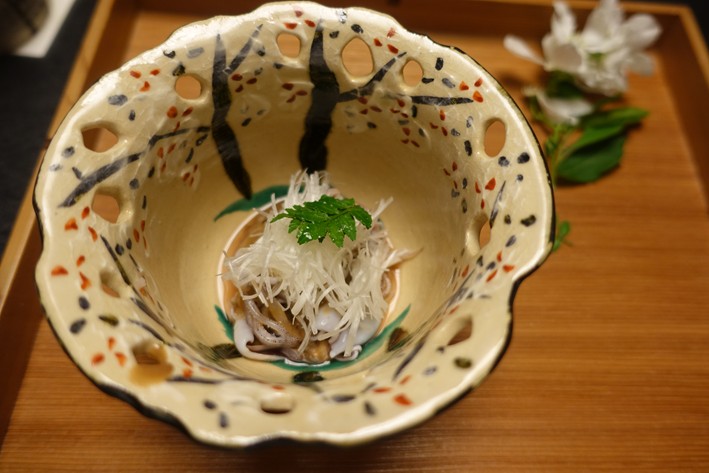
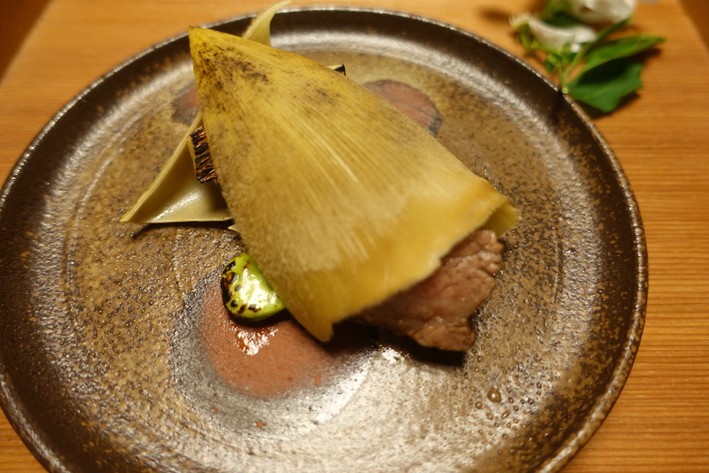
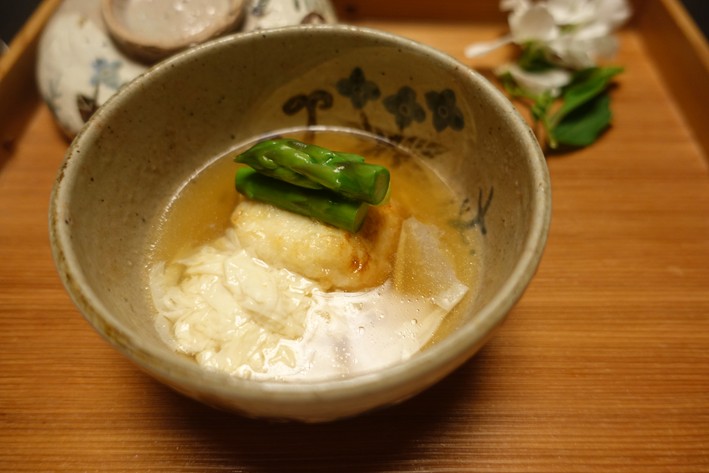
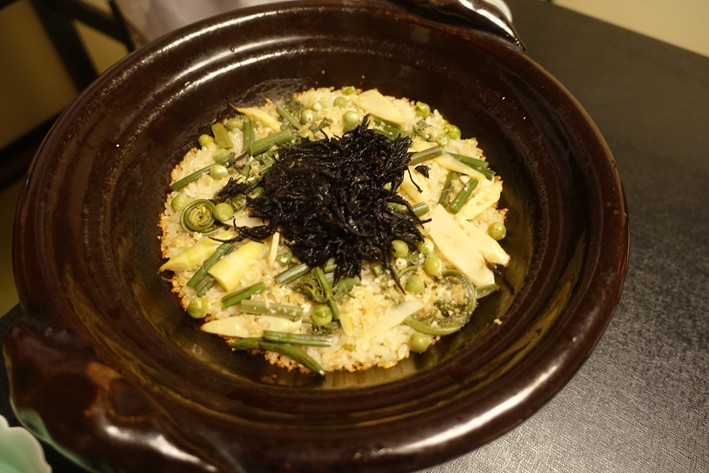
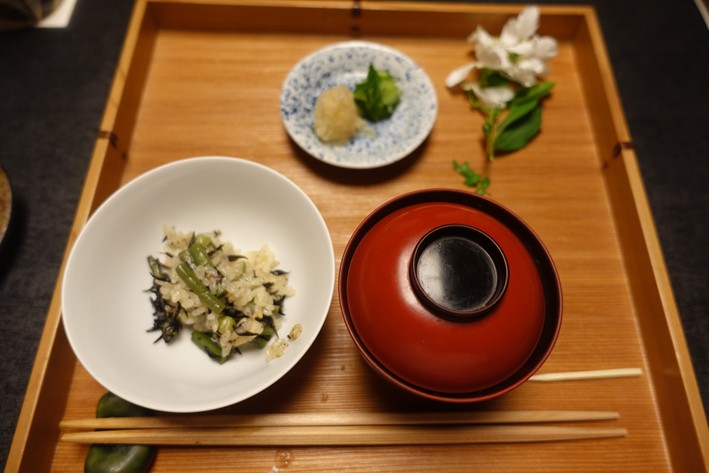
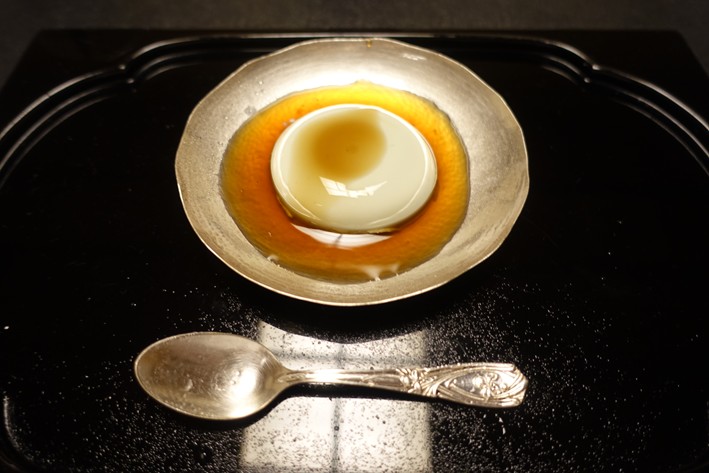


Add a comment
Thank you for submitting your comment, this will be checked and added to the website very soon.
User comments